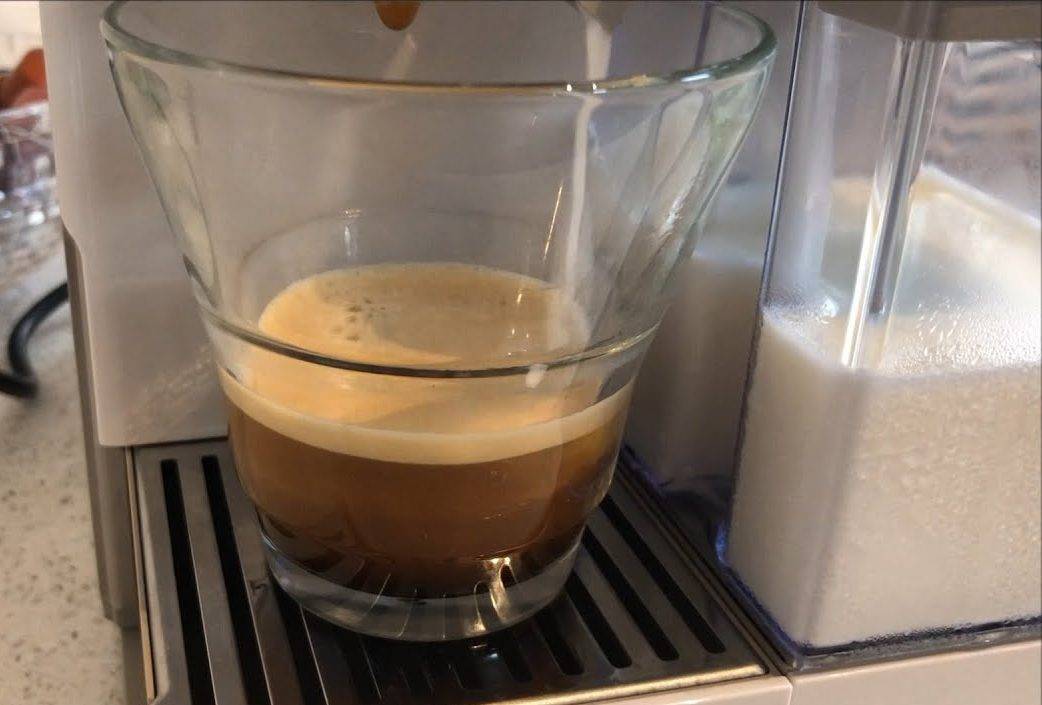How to Clean a Nespresso Machine
If you’re wondering how to clean your Nespresso machine, here are a few tips that will help you remove the buildup of limescale, as well as a few other common problems. The first step is to rinse the machine thoroughly with vinegar. If this is not enough, try lemon juice or citric acid. However, remember that you may void your warranty if you don’t use the recommended cleaning tabs.
White vinegar is the best product for descaling a Nespresso machine
To descale your Nespresso machine, simply mix a half-cup of white vinegar with four cups of water. Allow this solution to sit for five minutes before rinsing it. If you don’t want to use warm water, then you can use distilled white vinegar. Before you begin the descaling process, it is important to read the Nespresso manual to ensure that you’re using the proper solution.
Citric acid is a naturally occurring substance found in citrus fruits. It is often sold in dry powder form and is sometimes called “sour salt” due to its physical resemblance to table salt. Citric acid is a versatile cleaning agent used for a variety of applications, including coffee and cooking. You can purchase it in most health food stores or even grocery stores. It is also available online.
There are many products on the market for descaling a Nespresso machine, including commercial descaling solutions. You can even make your descaling solution with one quart of water and two tablespoons of citric acid. While the results may not be perfect, you’ll surely enjoy the delicious drink it produces! After all, you’ve already invested a lot of money in it.
Vinegar is a powerful cleanser. It can remove buildup and unpleasant smells from a Nespresso machine. Its mild acidity is safe for many surfaces, so it is a great option for removing hard-to-reach parts of the machine. If you don’t descale your machine properly, the machine may not work correctly, or it may even stop working.
Lemon juice
One of the easiest ways to clean a coffee maker is with lemon juice. Lemon juice contains citric acid, a natural descaler. You can either buy fresh lemons or extract the juice from a lemon. You can also use lemon juice in place of vinegar, a common cleaning product. While lemon flushing is more efficient, lemon can leave a noticeable taste. If you are not a fan of lemon, you can clean your machine using baking soda, but keep in mind that it will not descale your coffee maker.
Lemon juice works well for de-scaling coffee machines. Use a mixture of one cup of lemon juice and one-half cup of water to clean your machine. You should also add one teaspoon of distilled white vinegar to this mixture. Using this mixture will remove any residual lemon juice and vinegar. After using it, run it for about one minute to see if it has removed all the residue.
To clean your coffee machine, you can use lemon juice, citric acid, or vinegar as a descaling solution. Mix the solution in equal parts with water. If the scaling is heavy, you may have to repeat the process a second time. After this, rinse it thoroughly with water. It will remove the stains, but you must avoid drinking the resulting coffee. The solution should be diluted before use so that you get the best results.
The acid in lemon juice acts as a decalcifying agent, which cuts through mineral deposits. However, many coffee makers come with a built-in descaling cycle. If you want to use lemon juice instead of vinegar, you should use citric acid as a substitute. It is effective for de-scaling, but you should always run the machine 3-5 times with water. This way, it is guaranteed to remove any lemon flavor from your coffee.
Citric acid
Citric acid is a common ingredient used to clean espresso machines. A common mixture is one quart of water and two tablespoons of citric acid. It can be used for descaling purposes, but you should always rotate products. If you are unsure of how to clean your machine, you can also use distilled white vinegar. The disadvantages of citric acid include the need to rotate products, and you may not be able to use the product for the fourth time.
Before cleaning your coffee maker with citric acid, you need to prepare it by wiping off any coffee grounds or residual oils. Then, you should clean the boiler and group head by soaking them in warm water and dish soap. You should also wipe out the filter basket by using a clean, damp cloth. You can also add dry grains of rice to the water tank for a better cleaning result.
The best part of using citric acid to clean your coffee maker is that it does not leave any lingering smell inside the machine. And it is much cheaper than most other chemical solutions. But you might need to do several rinses to remove all mineral deposits. You can always increase the amount of citric acid to a half-gallon if needed. Just be sure to follow the instructions on the label.
It is important to remember that every coffee machine needs a periodic deep cleaning. It needs a full descaling cycle every three months to work properly. Different models require different cleaning instructions, so check your user’s manual. Regular cleaning will ensure that your machine is operating at its best and that your coffee tastes the best. However, if you don’t want to spend hours cleaning your Nespresso machine, you can simply purchase a descaler that works perfectly.
Vinegar
If you want to clean your Nespresso coffee machine but don’t want to spend money on a professional cleaner, there’s an easy way to do it yourself. Use a mixture of two parts white wine vinegar to one part water. Add the mixture to your machine and run the cleaning cycle five times. Rinse the machine afterward with clean water. Replace the water if necessary. This method will extend the life of your Nespresso coffee machine and make it sanitized and hygienic.
You can also use vinegar tablets to loosen stubborn build-up. The vinegar tablets will dissolve in hot water and clean the machine. Once the cleaning process is complete, you can use a descaling solution. Ideally, you should use a descaling solution or vinegar monthly to clean the machine, and you can use this solution as often as needed. It is also important to clean your machine thoroughly every few months.
If you want to clean your Nespresso machine without spending a fortune, consider using vinegar. This simple substance is an effective cleanser, nontoxic, and cost-effective solution. Vinegar can remove accumulated dirt and grime, including built-up calcium that can cause the machine to work improperly or even stop working altogether. A few drops of vinegar in a cup of water should be enough to disinfect the parts of your Nespresso machine.
Before using vinegar, you should make sure to rinse your Nespresso machine well. The vinegar cleaning solution will remove clogging, mineral deposits, and odors. If the vinegar cleaning solution is too strong, you might have to use a chemical cleaner. Be sure to choose food-grade vinegar and not the cheap stuff. If you’re not careful, this method could void your warranty.
Rice
If you’re wondering how to clean your Nespresso machine, the answer is simple: use vinegar. Vinegar is a great descaler, and it can also help remove stubborn coffee stains. Alternatively, you can use rice vinegar, which acts as a gentle abrasive. But note that using vinegar regularly is not advisable, since it can damage the machine.
Using rice vinegar can help clean your Nespresso machine effectively. The rice can absorb the residue of coffee, as well as the stains that may have gotten inside the machine. But remember that you need to use the right amount of rice. A cup of cooked rice may need several attempts to reach the right consistency. Another alternative to vinegar is baking soda, which has been used to clean and deodorize household items for years.
Vinegar is a natural cleanser, which makes it a very eco-friendly choice. It can be used to clean a wide variety of surfaces, including Nespresso machines. Because it’s natural, vinegar is also safe for the machines’ delicate parts. This method is also extremely affordable. However, it is advisable to clean the machine at least once a year. The process is simple, inexpensive, and highly effective.
After cleaning the coffee maker with the solution, you can try brewing again with filtered water. You can also try skipping the cleaning cycle in your machine if it’s equipped with one. The automated clean cycle will allow different parts of the machine to soak in the solution. After this, you can run a couple more cycles with water only to be sure that the cleaning process was effective. If the machine is still not working properly after these steps, repeat the procedure with filtered water.https://www.youtube.com/embed/avP0NfeEAPM


